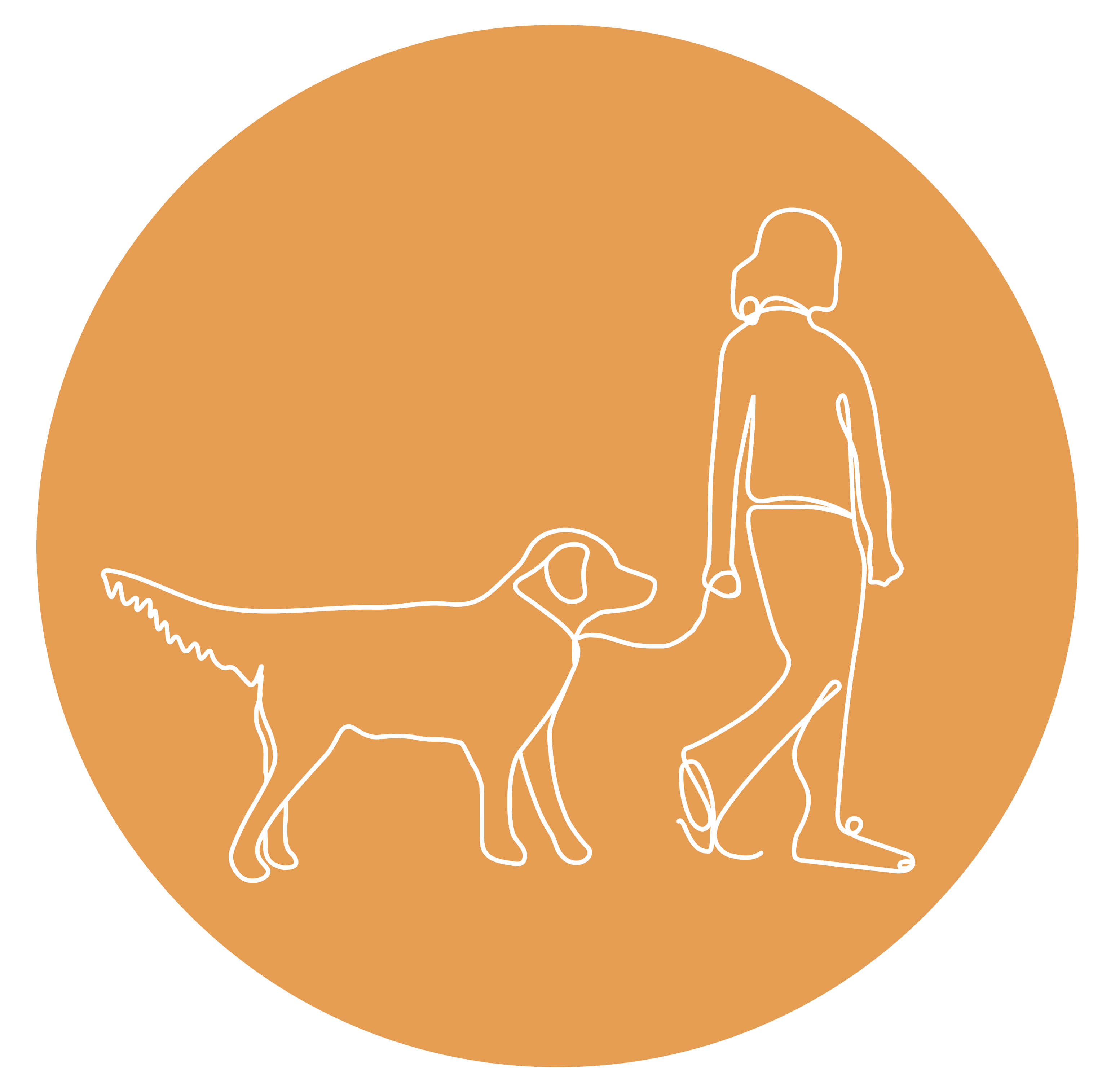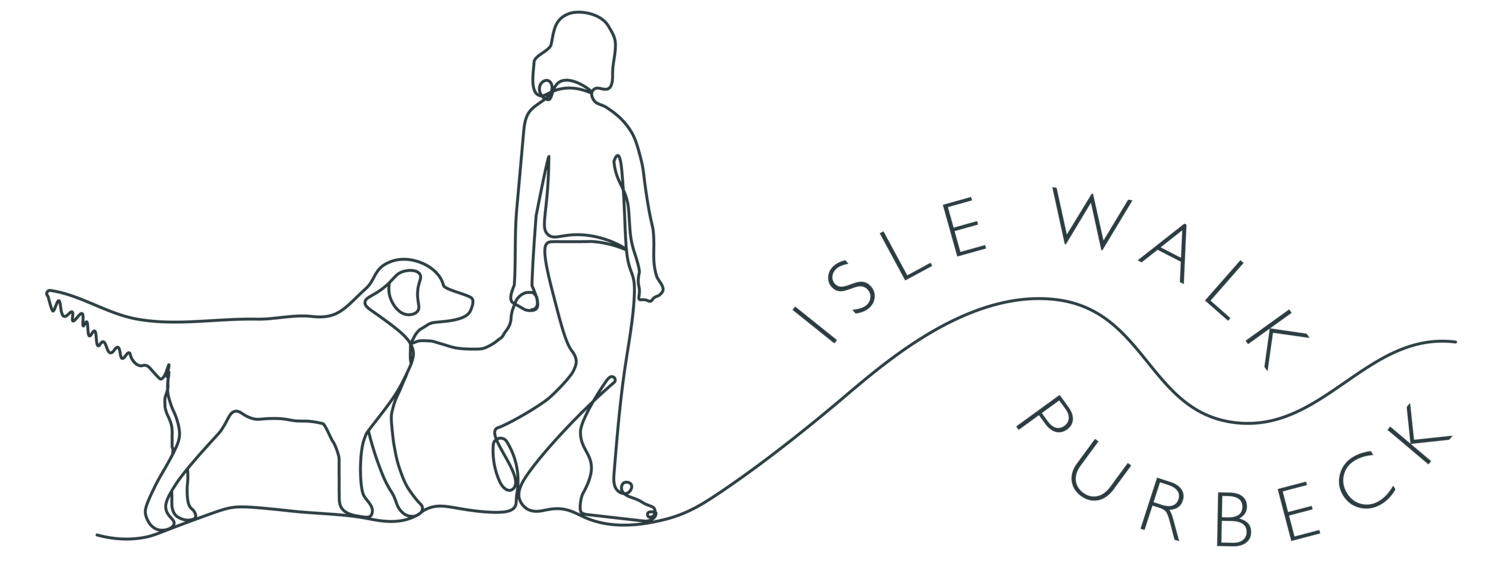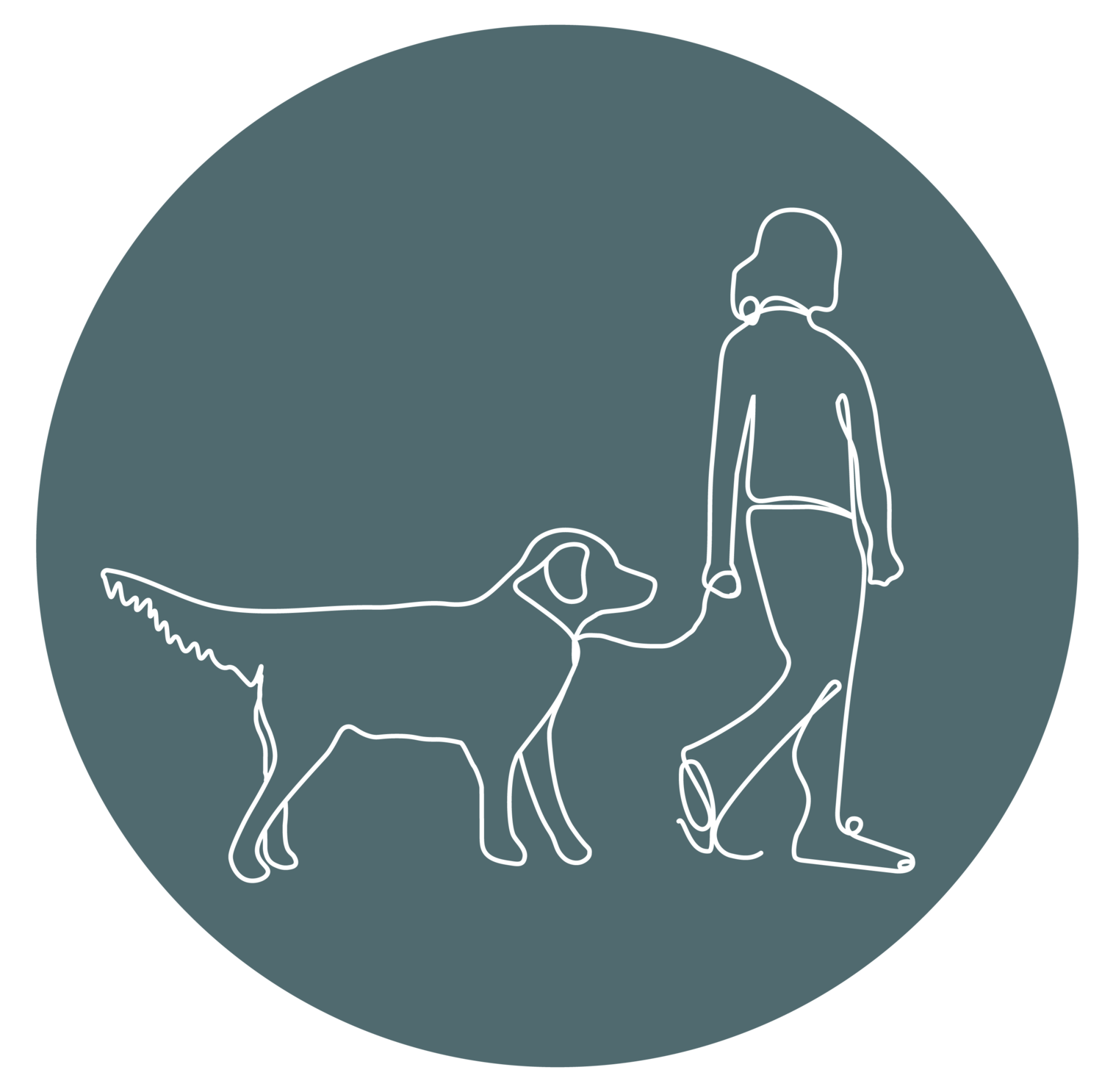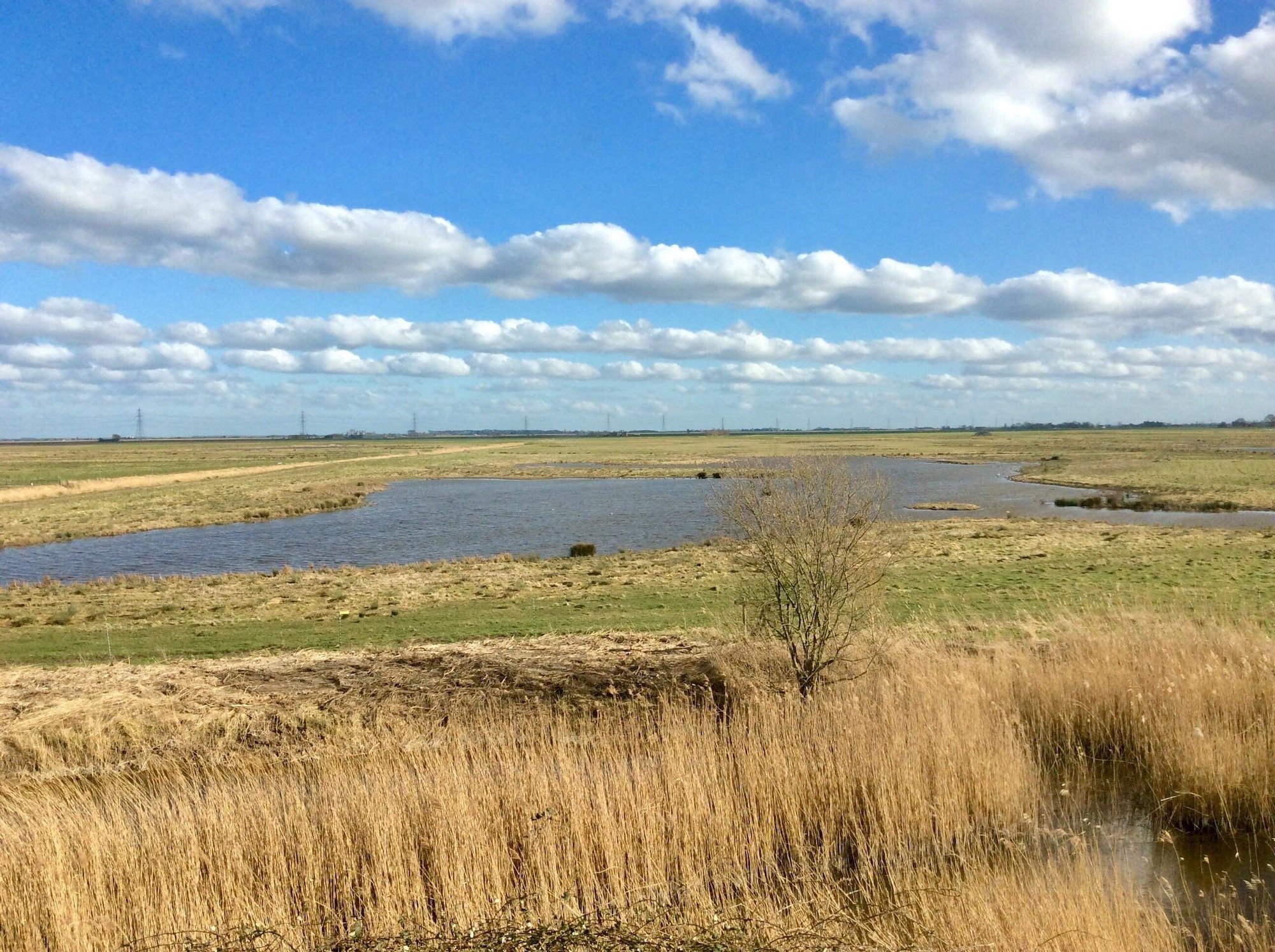A Saunter through a Silent City
An urban hymn…by Tom Preston
I once helped a friend, a filmmaker, shoot a scene in an empty market square. It was summer. We arrived at 4am. As the sun came up, we captured that rare thing: an eerie moment of daylit urban silence.
Walking in a city is an act of defiance. It is usually the least efficient way to travel. There is often no destination. The idea of ‘going for a walk’ in an urban environment denotes a kind of subversiveness. Who does that? For most people urban travel is about getting from one place to another as quickly as possible. To wilfully choose to spend an hour walking to see a friend rather than getting a 10-minute Uber ride, feels like a radical rejection one of the tenets of our core cultural creed: optimisation. To slowly meander through a city or town, whilst the buses and taxis and cars and bikes fly past you, is to shout into the wind, ‘I opt out!’ The recent emergence of electric scooters ensures the few minutes it used to take you to walk from your home to the bus need no longer be wasted: you can hop on a scooter and be there in a matter of seconds. I prefer to take my time, observe my surroundings; notice how the quality of the air changes, how the familiar streets shrink and bloom with the changing of the seasons.
I love walking in the countryside as well. Sometimes escaping the urban environment is a necessary and cleansing thing. Nothing quite clears the cobwebs like being punched in the face by a ferocious wind in the Peak District, my closest National Park. And until recently, if I wanted solitude and a sense of the vastness, emptiness, I had to get in my car and drive until I found it. The covid-19 pandemic and its various lockdowns have temporarily changed that: my city, Nottingham, is now an enormous barren urban landscape. Like an unnerving establishing shot in a horror film, the absence of visible human life in the city, coupled with the actual background dread of the pandemic itself, has endowed my urban walks a with a surreal, almost apocalyptic quality.
Late February 2021, deep into the third national lockdown. A bright blue day. The walk from my house in the north of Nottingham into the city centre and back takes around three hours — a little longer if you meander, which on this occasion I do. I cover around 13km (8miles). As I often do, when I walk into the city from my house, I take a slight detour to amble through the grounds of the hospital where I lived as an in-patient for a few months ten years ago. I remember watching the seasons change from my window, little dots of colour appearing amongst the green. The flowers were too far away to see properly, but the emergence of their vague shapes and colours, like an impressionist painting, brought me hope. Of course, now I have the privilege of seeing them up close. I take a photo and move on.
Trudging up the first of two hills — both of which by car feel like gentle slopes and on foot feel like Nepalese giants — I emerge in the Nottingham suburb of Sherwood, which is named after but nowhere near the legendary Sherwood Forest. Nevertheless, the area is full of references to Robin Hood et al. In normal times Sherwood is a lively place. Lots of people and lots of noise; good food and good places to drink. It is where I used to get my hair cut, before lockdown forced me to do it myself: just one of the many small but surprising ways in which my life has changed in the last year. Most of the shops in Sherwood are independent, and so the small-business owners here are perhaps more vulnerable than those who own the average high street shop. I walk by one such shop and the signs in the window catch my eye. There are the usual covid-related health and safety instructions, but then a handwritten notice: ‘Annie had a baby boy / Saturday / Samuel / both are well.’ I’m moved by the brevity and directness. I find myself pausing to think of all the customers, people who know Annie and used to visit her shop, who will walk by and read this note and find their hearts lifted.
Sherwood begins and ends with a hill. As I scale the second one, I walk past the last of the shuttered pubs and restaurants before the buildings break, first into dentists’ and doctors’ surgeries and then estate agents and pharmacies and car showrooms. Finally the street turns residential for a few minutes, demarcating the north Nottingham suburbs of Sherwood and Carrington from the city proper.
Mansfield Road, which links the City Hospital to the city centre, is the artery that runs right to Nottingham’s heart. I don’t know how many times I’ve walked up or down this road, but I do know I always find something surprising here. Today, I notice that someone (presumably, on behalf of the council) has painted little parking spaces on the pavement for the aforementioned electric scooters. Since their introduction in Nottingham, I’ve noticed the scooters littered around the city, usually discarded near bus stops or parks. Clearly a local resident didn’t quite grasp the purpose of these new parking spaces and instead choose to park their wheely bin there. I find this quaint misunderstanding too good to miss, so I stop to take another photo.
Like most urban centres in the United Kingdom, Nottingham has a large market square. It dates back to at least Norman times, with some evidence of market activity there during the Anglo-Saxon era. As with all good historical sites in Britain, it has a no-nonsense, unimaginative name: Old Market Square. The square has been redesigned multiple times over the years, and the layers of history are piled upon each other like in a rock formation. The most prominent feature is the neo-baroque city hall, whose enormous domed roof dwarfs the square beneath. The dome design is unashamedly stolen from the likes of St. Paul’s Cathedral in London and the Radcliffe Camera in Oxford, and it does a good job of pretending it belongs in such company — of course, it was actually built three centuries later. Nevertheless, it’s true that Old Market Square has a long history. As I approach the square, I wonder when it was last this sparsely populated during the day. Usually, it is thronging with people. Today, it is almost (but not quite) empty. There are a few other pilgrims who, like me, have chosen to sit in the square, on the steps of the city hall, and look out at the odd emptiness.
Old Market Square was the home of Nottingham’s legendary Goose Fair until it was moved to the Forest Recreation Ground in 1928, where it has remained ever since. The fair has been held in Nottingham since at least 1284 (possibly earlier). It was cancelled in 2020 because of the covid-19 pandemic. This was first time it had been cancelled since the two World Wars. Prior to that, it was cancelled only once previously: in 1646, when the city of Nottingham was struck by an outbreak of the bubonic plague.
Urban walking connects us to the physical world. This is an increasingly rare thing. As Will Self writes:
“Put bluntly: deprived of mechanised means of locomotion – the car, the bus, the train – and without the aid of technology, the majority of urbanites, who constitute the vast majority of Britons, neither know where they are, nor are capable of getting somewhere else under their own power.”
For me, walking is an act of mindfulness; a deliberate communion between myself as a physical thing and the physical world through which I move, the physical environment which sustains me. When I walk in the city, I observe. This is how I come to know where I am: by experiencing it in the first person, myself, directly. Urban walking frees my mind to focus on the great machinery of the city, which in normal times hums with hive-like activity. Usually it inspires me, throws down a gauntlet, asks me to somehow find my place amongst it all. Now, as the machine lies dormant, I find myself in an almost liminal space: what is on the other side of all this? What will the city look like, and feel like, when the pandemic is over? It seems impossible to imagine it all just returning to normal. Too much has changed.
I leave Old Market Square and begin the journey back north to my house. I take one final photo as I loop towards home. On a deserted street, the quiescent shop fronts are obscured by two large advertising boards: ‘Be a superhero / wear a face mask’ goes the instruction. There is nobody around to read it.
Tom Preston walked from his home in north Nottingham into the city centre and back. Find more of Tom’s writing here.
[1] https://www.theguardian.com/books/2012/mar/30/will-self-walking-cities-foot

 8 miles
8 miles
 3 hours 24 mins
3 hours 24 mins
 242 ft
242 ft
 Roads and Pavements
Roads and Pavements
 On a lead
On a lead











Meet Cat, she’s walking home, a very very long way! 630 miles to be exact, along the South West Coast Path from Minehead to The Isle of Purbeck, Dorset. Join Cat on her journey as she shares the ups and downs of her adventurous walk home.